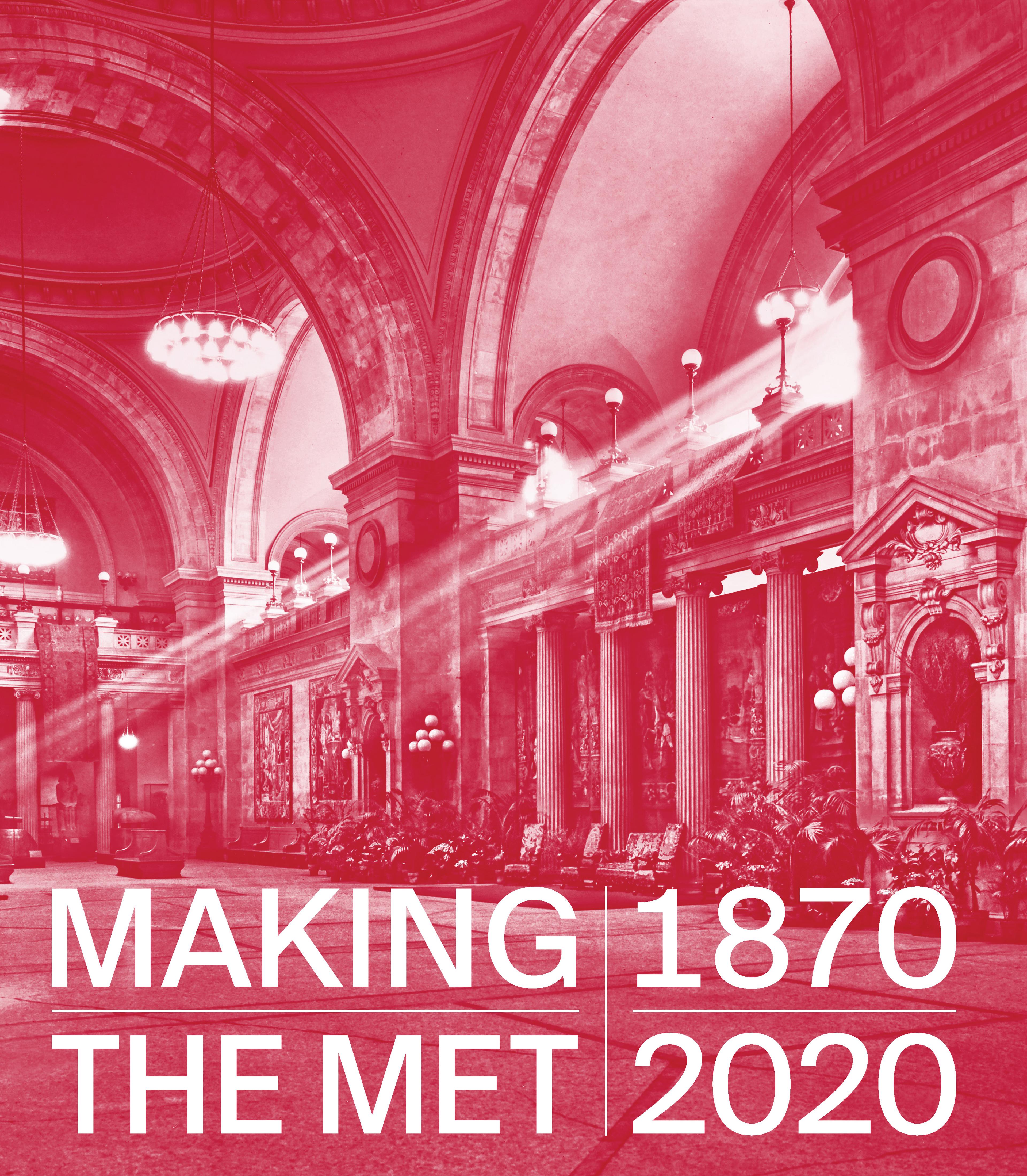Panel Composed with Tiles in Shape of Eight-pointed Stars and Crosses
Panels composed of eight pointed stars and crosses commonly adorned walls of religious architectural sites in Iran during the Ilkhanid period. The intricate patterns on these tiles are luster-painted in a brownish-red on white opaque glaze. In this example, the cross-shaped tiles with a plain design were constructed in the twentieth century to replace missing ones when the panel was assembled. At the center of these tiles, we see abstract vegetal patterns, a motif that is consistent with ceramics and tiles from Iran during that period. In addition, there are figural depictions of fish in some of the tiles that have a deeper ontological significance. All of God’s creation such as animals, plants, and stones were believed to emanate from the same cause and therefore related on an ontological level.
Artwork Details
- Title: Panel Composed with Tiles in Shape of Eight-pointed Stars and Crosses
- Date: 1260–70
- Geography: Made in Iran, probably Kashan
- Medium: Stonepaste; luster-painted on opaque white glaze under transparent glaze
- Dimensions: Individual tile:
H. 8 in (20.3 cm)
W. 8 in. (20.3 cm)
Mounted panel - 32 elements:
H. 28 in. (71.1 cm)
W. 40 in. (101.6 cm)
D. 1 1/2 in. (3.8 cm)
Wt. 51 lb (23.1 kg) - Classification: Ceramics-Tiles
- Credit Line: H.O. Havemeyer Collection, Gift of Horace Havemeyer, 1941
- Object Number: 41.165.22
- Curatorial Department: Islamic Art
More Artwork
Research Resources
The Met provides unparalleled resources for research and welcomes an international community of students and scholars. The Met's Open Access API is where creators and researchers can connect to the The Met collection. Open Access data and public domain images are available for unrestricted commercial and noncommercial use without permission or fee.
To request images under copyright and other restrictions, please use this Image Request form.
Feedback
We continue to research and examine historical and cultural context for objects in The Met collection. If you have comments or questions about this object record, please complete and submit this form. The Museum looks forward to receiving your comments.
